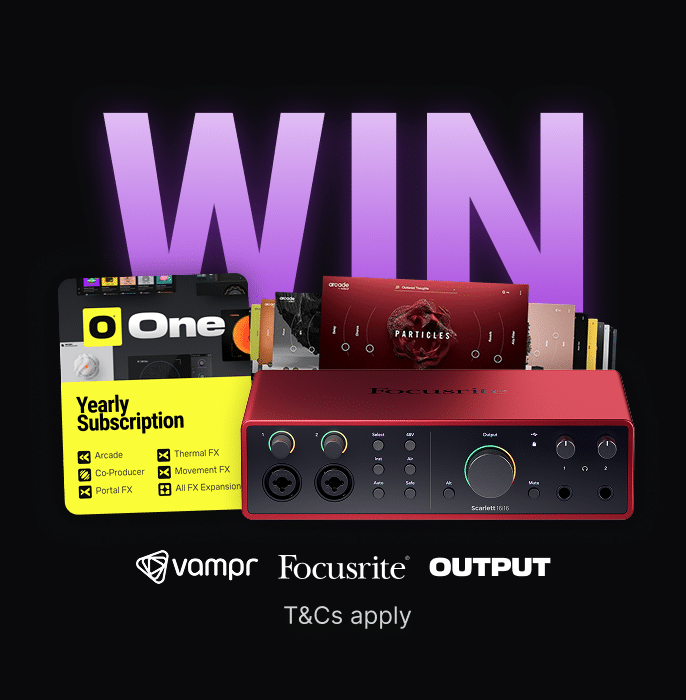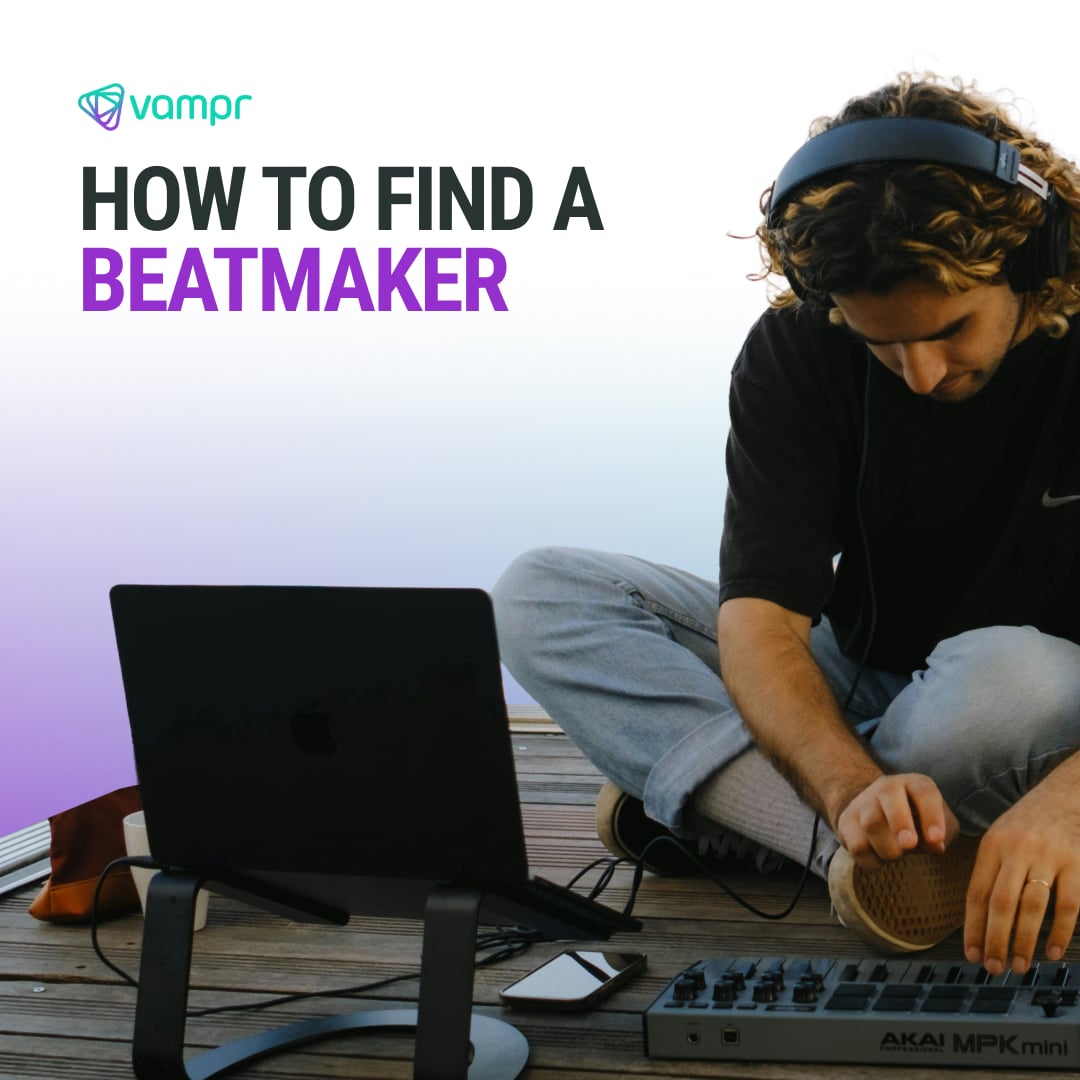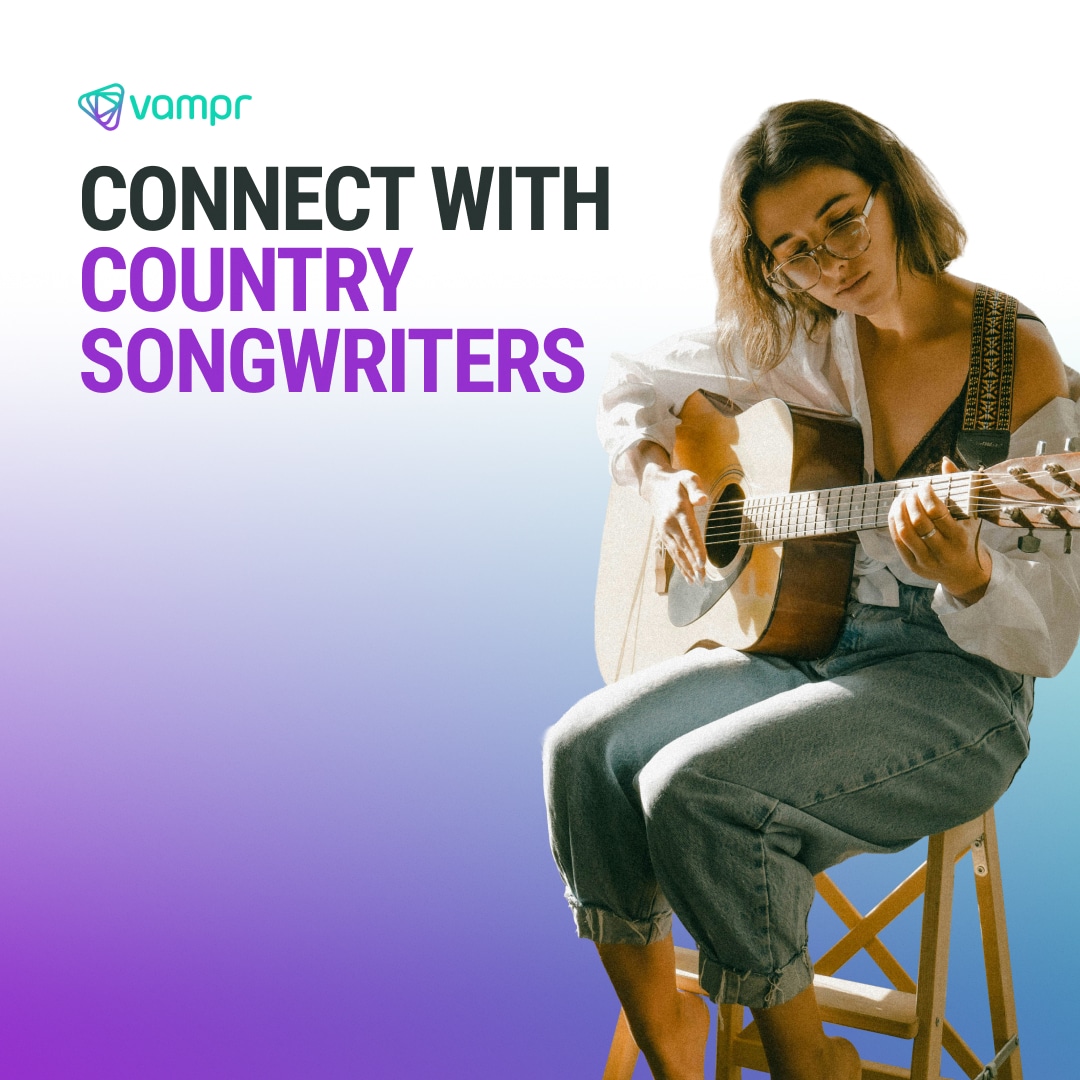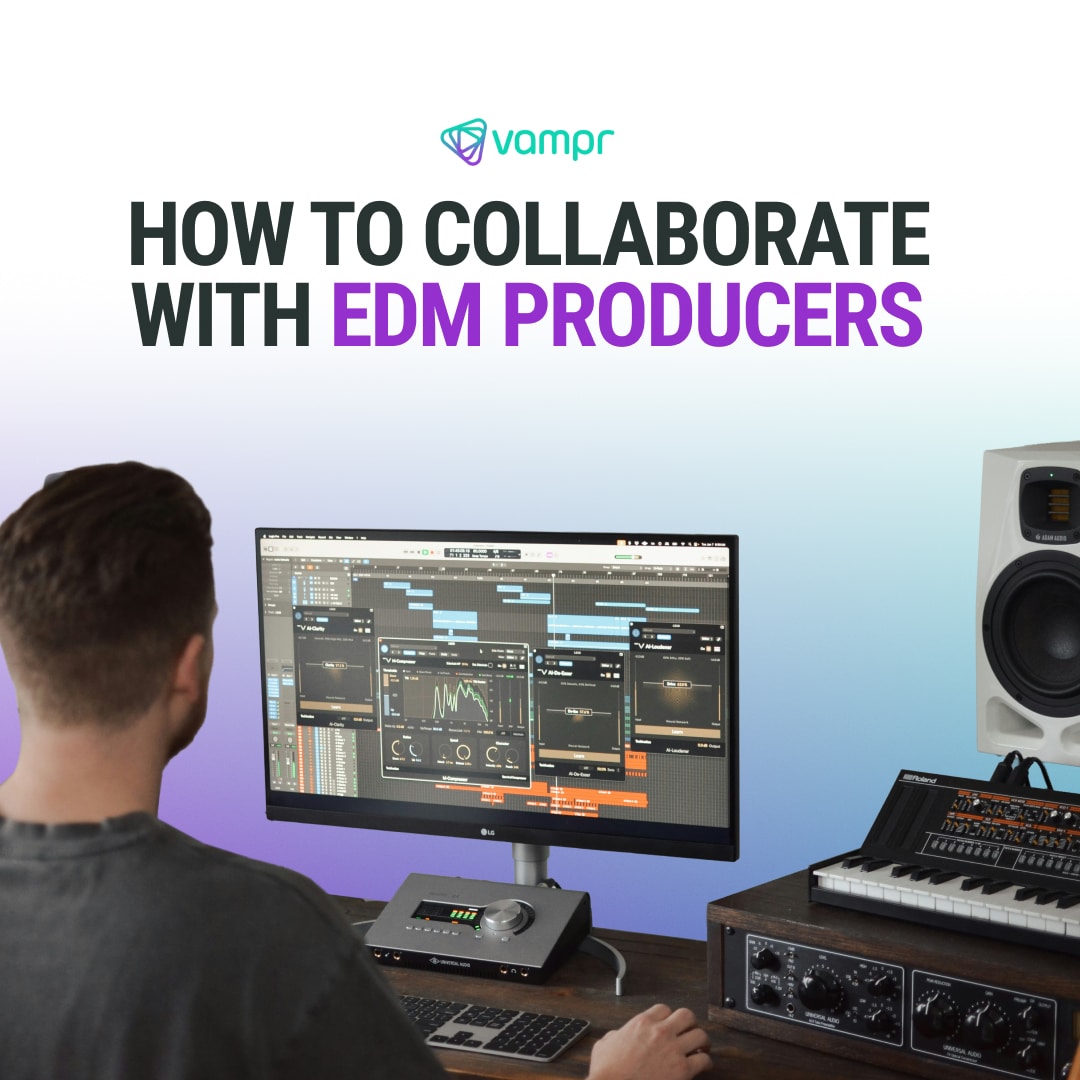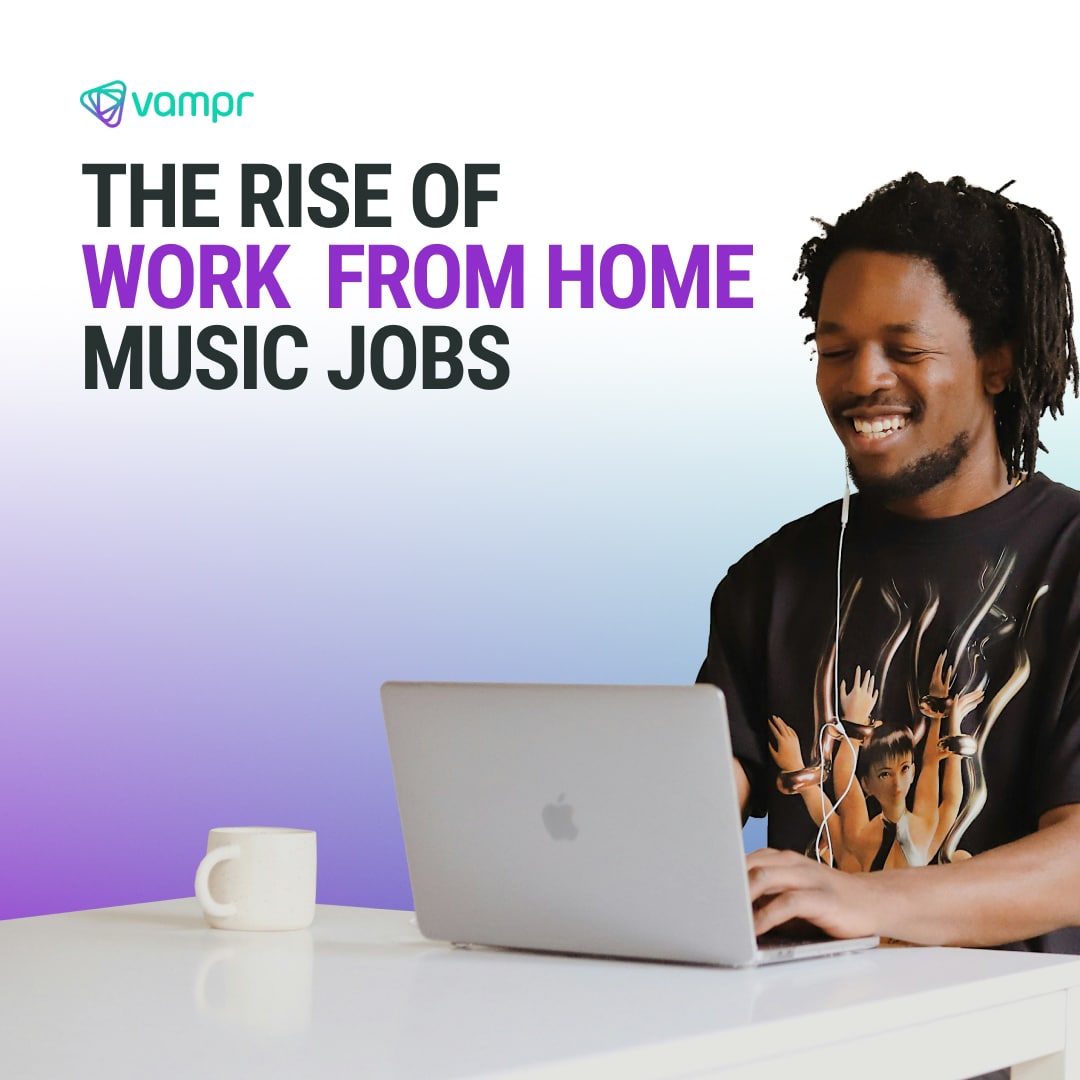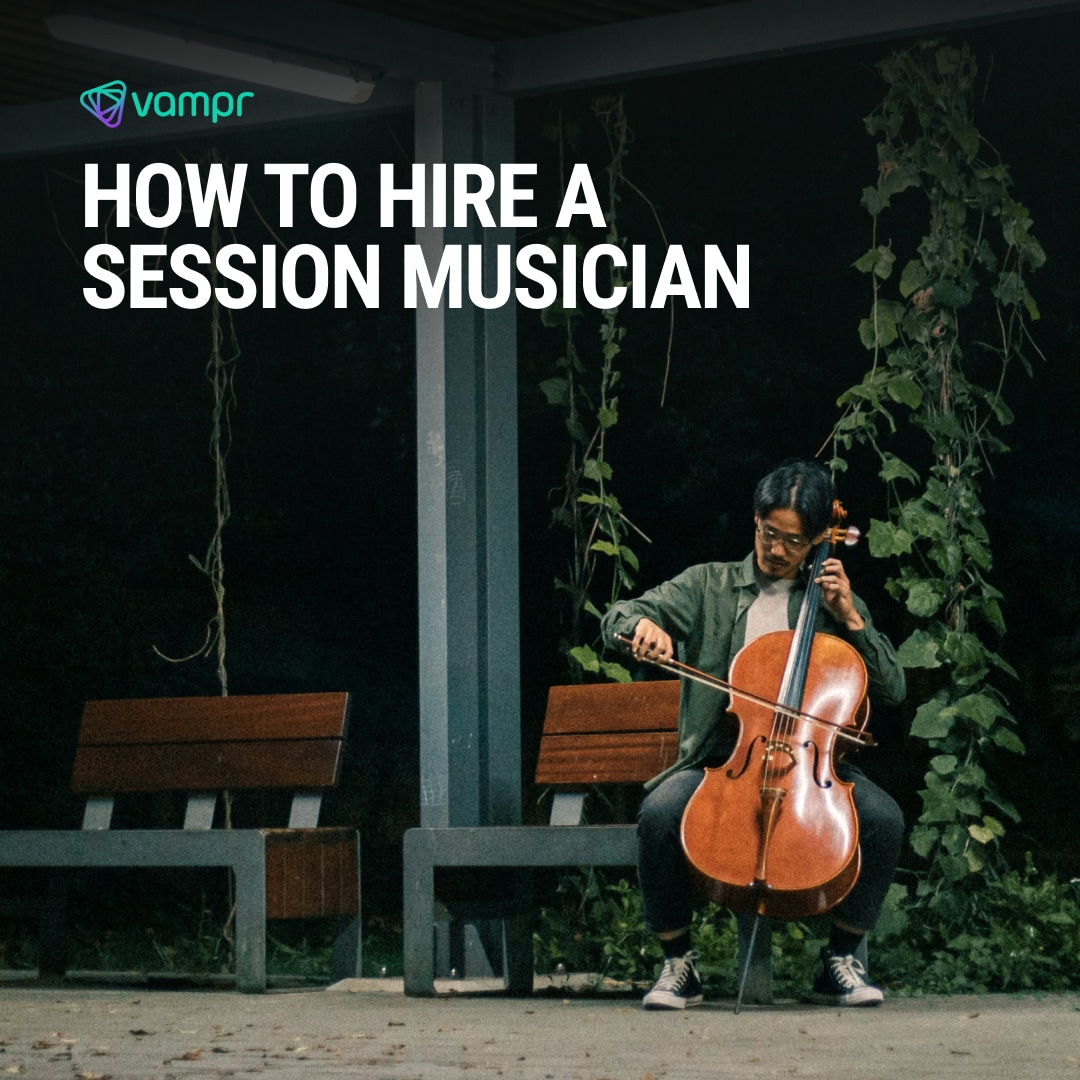How do you know which are the best social media platforms for musicians? Read on to learn which channels you should be posting on in order to optimize your audience build.
What are the social media platforms to choose from?
- Facebook
- Instagram
- Twitter – in this case, whilst this is a large platform and can be useful, it has recently become an unfavorable platform for musicians. In the event that you don’t already have a large following on your account, it is hardly worth starting now. The recent changes made by Elon Musk have meant there is much uncertainty now when using the app. In light of this, it is best to focus on social media platforms that have more stability at this point in time.
- Youtube
- TikTok
Social media platform breakdowns
So, before choosing which platform is best for you, make sure you know all the facts about each social media platform. What are the promotional tools, audience’s ages, advertising costs, and larger benefits?
Facebook
Facebook is a social networking website and app that allows users to connect with friends and family, share photos and videos, and interact with pages and groups.
Key components of Facebook include:
- Profile: To be sure, your personal profile is the foundation of your Facebook presence. It includes information about you, your name, profile picture, cover photo, work and education history, and other personal details.
- News Feed: The News Feed is the central hub of Facebook, where you can see updates and posts from friends, pages, and groups that you follow.
- Friends: You can connect with other Facebook users by sending them friend requests. Once they accept your request, you’ll be able to see their posts and updates in your News Feed.
- Pages: Are dedicated to businesses, organizations, public figures, and other entities. They allow you to connect with fans and followers and share news, updates, and other content.
- Groups: Communities that are focused on a particular interest or topic.
- Messenger: A standalone messaging app that allows users to send text messages, make voice and video calls, and share photos and videos.
- Marketplace: A platform for buying and selling goods within the Facebook community.
- Ads: A way for businesses and organizations to promote their products, services, or content to users.
All in all, Facebook has a wide range of features and tools for users. In truth, it has become one of the most popular social media platforms in the world, with billions of active users.
Audience
Facebook’s audience:
- Demographics: The user base includes people of all ages, genders, and backgrounds. Be that as it may, the platform’s demographics skew slightly toward a younger audience. The majority of users are aged between 18 and 34. Analogous to, Facebook has a significant number of users aged 35 and older. This makes it a versatile platform for reaching various age groups.
- Interests and Behaviors: Facebook’s audience has diverse interests and behaviors. From casual users who primarily connect with friends and family, to more engaged users who follow and interact with businesses, influencers, and content creators.
By and large, Facebook’s audience is vast and diverse, making it a valuable platform for personal connections, content sharing, and business promotion. Its broad reach and powerful targeting capabilities have solidified its status as one of the most essential social media platforms.
Instagram
Instagram is a photo and video-sharing social media platform owned by Meta Platforms, formerly known as Facebook.
The main features of Instagram:
- Posts: Users can share photos and videos on their profile, which are displayed in a grid format. Posts can be edited with filters and other tools to enhance their appearance.
- Stories: Instagram Stories are temporary posts that disappear after 24 hours.
- Instagram Live: This feature allows users to live stream videos to their followers in real time. Live videos can be saved and shared as a replay on the user’s profile.
- Reels: Instagram Reels is a feature that allows users to create and share short, multi-clip videos with audio, effects, and various creative tools. Reels can be shared on the user’s feed or in the dedicated Reels section of the app.
- Direct Messages: Users can send private messages, photos, and videos to other users through the Direct Messages feature. Group messaging is also supported.
- Hashtags and Mentions: Instagram supports the use of hashtags and mentions to categorize and tag content or to notify other users.
- Shopping: Instagram has integrated shopping features, allowing users to discover and purchase products directly from the app. Brands and influencers can tag products in their posts, linking them to the seller’s website or the in-app checkout feature.
- Analytics and Insights: Business and Creator accounts can access detailed analytics and insights for their content, including engagement metrics, audience demographics, and performance trends.
Audience
Instagram’s audience:
- Demographics: The user base comprises people of all ages, genders, and backgrounds. Equally important, the platform tends to skew towards a younger audience, with the majority of users between the ages of 18 and 34. Instagram is especially popular among Generation Z and younger millennials, making it a valuable platform for targeting these age groups.
- Interests and Behaviors: Instagram’s audience is diverse in terms of interests and behaviors. Ranging from casual users who primarily share personal photos and videos, to more engaged users who follow and interact with businesses, influencers, and content creators.
In a word, Instagram’s audience is diverse and primarily composed of younger users. This makes it a valuable platform for personal sharing, content creation, and business promotion.
YouTube
YouTube is a video-sharing platform owned by Google that allows users to upload, view, rate, share, and comment on videos. Launched in February 2005, YouTube has become the go-to platform for video content worldwide.
Main features and functionalities of YouTube:
- Video Uploads: Users can upload videos in various formats, with support for high-definition (HD) and even 4K resolution. Uploaded videos can be public, unlisted, or private.
- Video Viewing: YouTube allows users to watch, like, dislike, and share videos. Users can also subscribe to channels to receive notifications about new content from their favorite creators.
- Channels: Users can create their own channels to showcase their content, build a subscriber base, and interact with their audience.
- Search and Discovery: YouTube’s search function allows users to find content based on keywords and phrases. The platform also provides personalized recommendations based on a user’s watch history and interests.
- Monetization: YouTube offers various monetization options for content creators. These include ad revenue sharing, channel memberships, merchandise shelves, and the YouTube Partner Program. This allows eligible channels to earn money from ads, channel memberships, and other revenue streams.
- YouTube Shorts: This feature allows users to create and share short, vertical videos with a duration of up to 60 seconds. Shorts compete with other short-form video platforms like TikTok and Instagram Reels.
- YouTube Live: Users can live stream video content in real-time, enabling them to engage with their audience through live chats, polls, and donations.
- YouTube Stories: YouTube Stories allow creators to share short, ephemeral video clips that disappear after 24 hours. This feature is available to channels with over 10,000 subscribers.
- Analytics: YouTube provides detailed analytics and insights for content creators, for the purpose of allowing them to track their video performance, audience demographics, and engagement metrics.
Audience
YouTube’s audience:
- Demographics: YouTube’s user base comprises people of all ages, genders, and backgrounds. The platform is popular among various age groups, from children and teens to adults and seniors. This makes YouTube a versatile platform for reaching different demographics with video content.
- Viewing Habits: Users access YouTube for a wide range of purposes, such as entertainment, education, news, product reviews, and tutorials.
- Interests and Behaviors: YouTube’s audience is diverse in terms of interests and behaviors. Users can subscribe to channels that align with their interests, follow creators, and engage with content.
TikTok
TikTok is a short-form video-sharing social media platform owned by the Chinese company ByteDance. Launched internationally in September 2017, and it has become one of the fastest-growing and most popular social media apps, especially among younger users.
Main features and functionalities of TikTok:
- Short-form Videos: Primarily focuses on short videos with a maximum duration of 3 minutes. The platform’s design encourages fast-paced, creative, and often humorous content.
- Video Creation Tools: Offers a variety of creative tools, including filters, effects, and editing features. It also supports features like duets, stitches, and green screen effects for further content customization.
- Music and Sound Library: TikTok’s extensive music and sound library allows users to incorporate popular songs, audio clips, and voiceovers into their videos. This feature has contributed to the platform’s virality and the creation of numerous trends and challenges.
- Algorithm and Content Discovery: TikTok uses a sophisticated recommendation algorithm, known as the “For You” page, to surface content tailored to individual user’s interests and behaviors. This personalized content feed makes it easy for users to discover new creators and trends.
- Hashtags and Challenges: TikTok users often participate in and create trends or challenges based on specific hashtags. These challenges can involve dance routines, lip-syncing, or other creative prompts, and they contribute to the platform’s virality.
- Creator Monetization: TikTok offers various monetization options for creators, such as the Creator Fund, which allows eligible users to earn money based on their content’s performance. Additionally, users can receive virtual gifts from their followers during live streams, which can be converted to cash.
- Advertising: TikTok provides advertising opportunities for businesses, including in-feed ads, branded hashtag challenges, and branded effects. Of course, these ad formats enable businesses to reach specific audiences and increase brand awareness on the platform.
Audience
An overview of TikTok’s audience:
- Demographics: TikTok’s user base primarily consists of younger users. A significant portion of its audience is aged between 16 and 24. At the same time, the platform also attracts users from other age groups, making it a versatile platform for reaching various demographics.
- Interests and Behaviors: TikTok’s audience is diverse in terms of interests and behaviors. The algorithm tailors content recommendations based on users’ interactions, making it easy for users to discover content that aligns with their interests.
- Virality and Trends: TikTok’s audience is highly engaged in viral trends and challenges that emerge on the platform. These trends often involve specific songs, dances, or prompts and can rapidly gain traction.
How to choose which social media platform is best for me and my audiences?
The first thing to do is to figure out who your current target audience is, and knowing your current audience allows you to target them better.
Demographics:
- Age
- Location
- Levels of current engagement
- Most active times
- Gender split
- Interests
You can find this info via the analytics on the platforms you are currently on. Just go to Insights and have a look! But, if you don’t have any accounts yet, make an educated guess.
In short, look at which platform makes the most sense for your audience. Are they younger? Maybe Instagram makes more sense for you. Are you someone who makes lots of video content in sequences that people like to follow? Perhaps YouTube should be your priority channel.
Hot tip: Even if your main audience is not on Facebook, make sure you are on there anyways. As I have said, Facebook owns Instagram and has one of the most powerful and affordable advertising platforms available. You can run an ad for as little as $5 a day. For that reason, this makes it worth being on this platform as well as ease of integration.
Vampr
In particular, we think Vampr is a must for musicians! You absolutely should be on Vampr. Yes, Vampr is different from other traditional social media platforms. Even so, it allows for content creation, uploading, and interaction between members. Most importantly, Vampr provides collaboration features that could be the thing that leads you to your next hit.
So, you don’t believe us? >> Try your free trial today!




